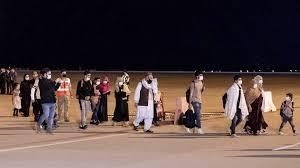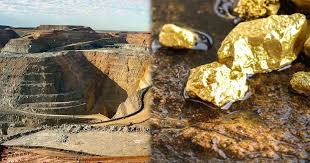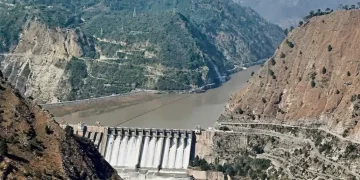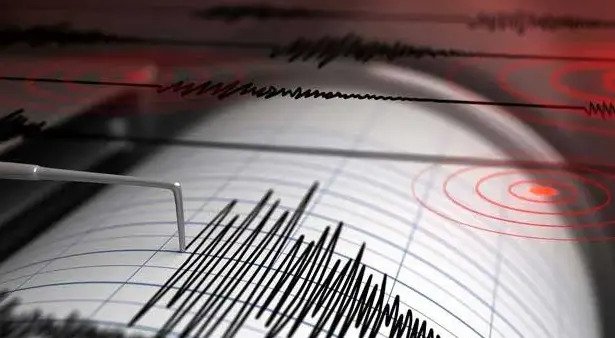People across the globe witness the most dramatic “ring of fire” solar eclipse to shadow the Earth in years on Sunday.
Annular eclipses occur when the Moon is not quite close enough to our planet to completely obscure sunlight, leaving a thin ring of the solar disc visible.
Remarkably, the eclipse on Sunday arrives on the northern hemisphere’s longest day of the year — the summer solstice — when Earth’s north pole is tilted most directly towards the Sun.
The “ring of fire” will first be seen in northeastern Republic of Congo at 5:56 local time (04:56 GMT) just a few minutes after sunrise.
This is the point of maximum duration, with the blackout lasting 1 minute and 22 seconds.
Animals can get spooked — birds will sometimes go back to sleep, and cows will return to the barn.
The full eclipse will be visible somewhere on Earth during just under four hours, and one of the last places to see a partially hidden Sun is Taiwan before its path heads out into the Pacific.
People hundreds of kilometres on either side of the centreline across 14 countries will also see light drain from the day, but not the “ring of fire”.
“Good weather is the key to successful eclipse viewing,” astrophysicist Fred Espenak, an expert on eclipse prediction, commented on the NASA Eclipse website. “Better to see a shorter eclipse from clear sky than a longer eclipse under clouds.”
A solar eclipse always occurs about two weeks before or after a lunar eclipse, when the Moon moves into Earth’s shadow. Lunar eclipses are visible from about half of Earth’s surface.
There will be a second solar eclipse in 2020 on December 14 over South America. Because the Moon will be a bit closer to Earth, it will block on the Sun’s light entirely.
Sunglasses — which don’t filter out UV rays — do not offer any protection, Delefie warned.
“The Sun is so bright that even when there’s only a tiny portion visible, it is still dangerous for the eyes,” he said.

















































